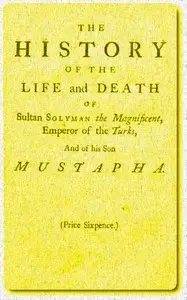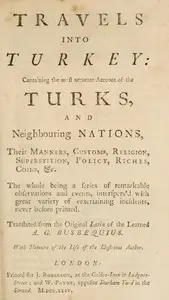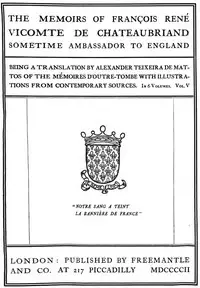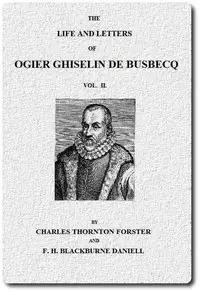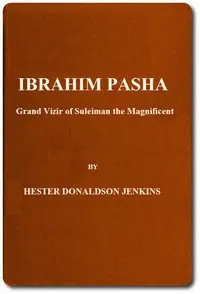"The Life and Letters of Ogier Ghiselin de Busbecq, Vol. 1 (of 2)" by Ogier Ghislain de Busbecq is a historical narrative and collection of personal letters recounting the experiences of a 16th-century Flemish diplomat serving as an ambassador to the Ottoman Empire. The book paints a vivid picture of Europe's complex political environment and the tensions between European powers and the growing Ottoman Empire. It shows Busbecq's life from his upbringing and education to his ambassadorial appointment. The initial portions of the book highlight his early life, covering his family's impact and education, and the circumstances that led to assuming his crucial diplomatic role amidst the powerful monarchs and ever-present threat of the Ottoman Empire.
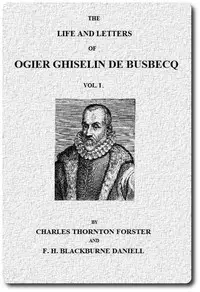
The Life and Letters of Ogier Ghiselin de Busbecq, Vol. 1 (of 2)
By Ogier Ghislain de Busbecq
Amidst a world of powerful rulers, a lone ambassador journeys to the heart of the Ottoman Empire, where his observations reveal a world of political intrigue and cultural clashes.
Summary
About the AuthorOgier Ghiselin de Busbecq, sometimes Augier Ghislain de Busbecq, was a 16th-century Flemish writer, herbalist and diplomat in the employ of three generations of Austrian monarchs. He served as ambassador to the Ottoman Empire in Constantinople and in 1581 published a book about his time there, Itinera Constantinopolitanum et Amasianum, re-published in 1595 under the title of Turcicae epistolae or Turkish Letters. His letters also contain the only surviving word list of Crimean Gothic, a Germanic dialect spoken at the time in some isolated regions of Crimea. He is credited with the introduction of tulips into Western Europe and to the origin of their name.
Ogier Ghiselin de Busbecq, sometimes Augier Ghislain de Busbecq, was a 16th-century Flemish writer, herbalist and diplomat in the employ of three generations of Austrian monarchs. He served as ambassador to the Ottoman Empire in Constantinople and in 1581 published a book about his time there, Itinera Constantinopolitanum et Amasianum, re-published in 1595 under the title of Turcicae epistolae or Turkish Letters. His letters also contain the only surviving word list of Crimean Gothic, a Germanic dialect spoken at the time in some isolated regions of Crimea. He is credited with the introduction of tulips into Western Europe and to the origin of their name.

